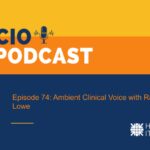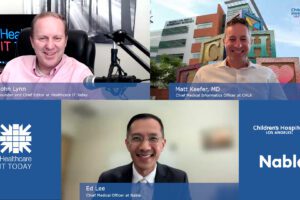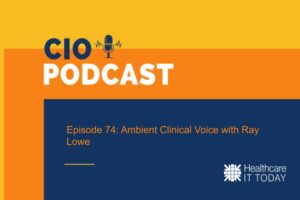About a year ago, Google gave the world a look at a pilot version of a new tool designed to give clinicians harmonized health data from different sources. The tool, Care Studio, is software designed to offer a comprehensive view of patient records and help clinicians find and review results in context.
This week, at the ViVE Conference, Google added a piece to the puzzle. At the show, Google offered a preview of Conditions, a new Care Studio feature offering clinicians additional insight into patient records.
In a recent blog post, Paul Muret, VP and GM of Care Studio, explained what makes this latest development important to the Google Health product line.
As he noted, too often key clinical insights into a patient’s condition are often buried in unstructured notes and data silos.
As Muret explains, Conditions uses Google’s data expertise to provide a “quick and concise” summary of a patient’s medical conditions along with context from clinical notes. The tool organizes conditions by acuity, making it easy for clinicians to determine whether a patient’s condition is acute or chronic.
Not only that, but Conditions also groups the core data with information related to a condition, including labs, medications, reports, specialist notes and more. Meanwhile, if information that probably should appear doesn’t appear, Conditions will highlight its absence from the chart. For example, if a diabetic’s lab display doesn’t include hemoglobin A1c results, Conditions will draw attention to that fact.
What may be the niftiest trick of all is the way Conditions uses natural language processing. As the blog article reminds us, it can be very complicated indeed to just make use of clinician notes, particularly given that is not unusual for them to use different abbreviations or acronyms depending on their personal preference is, what health system they work with and more.
Conditions has allegedly tamed this problem, however. The Conditions feature can algorithmically understand medical concepts that may be written in incomplete sentences, include misspelled words or even written in shorthand. Google’s NLP can understand the context in which the condition is mentioned and map the concepts onto a vocabulary of tens of thousands of medical conditions.
Eventually, Care Studio ranks each condition based on various weighted factors, including the condition itself, its frequency and recency. Finally, Care Studio organizes conditions to help support clinical thinking and decision-making.
It strikes me immediately that these are the same promises as those being made by Nuance and Microsoft regarding ambient clinical voice technology. The AI engine behind this technology appears to be doing the same kind of work, which is to say that it’s decoding what a clinician says, drawing conclusions and adding context to the clinical interview. This technology seems to be doing just at what Google is describing — reading and analyzing the idiosyncrasies of human communication – though the end result is a patient note rather than a dashboard displaying information.
Obviously, the next step for both of these technologies is to embed them fully into an EMR or to be compelling enough to be used outside the EMR which may be the case for organizations that have multiple EMR. This is the hardest part of the process, and I don’t expect it to happen anytime soon. In the meantime, though, it’s good to see these health data sorting and contextualizing tools becoming more mature.













